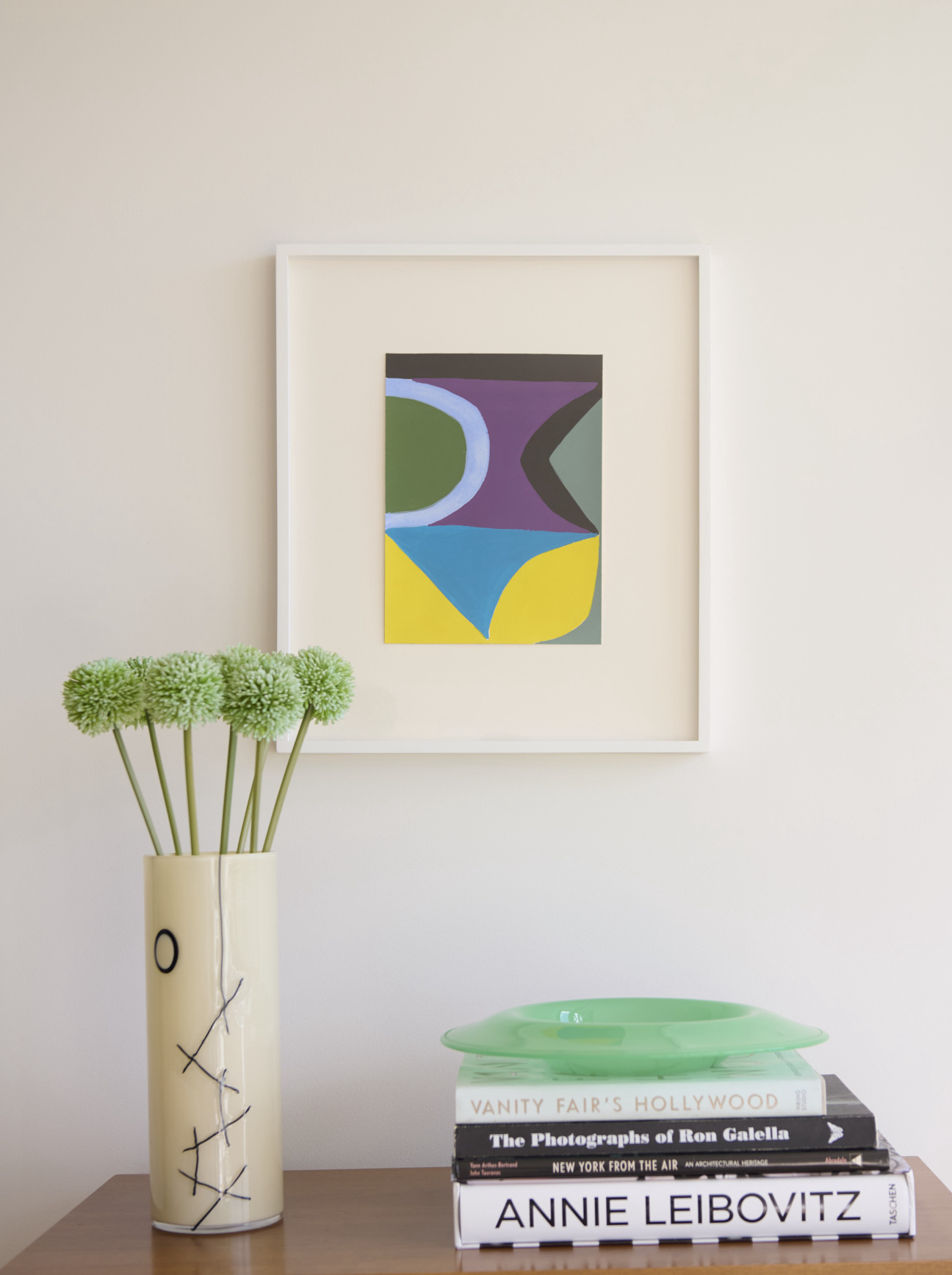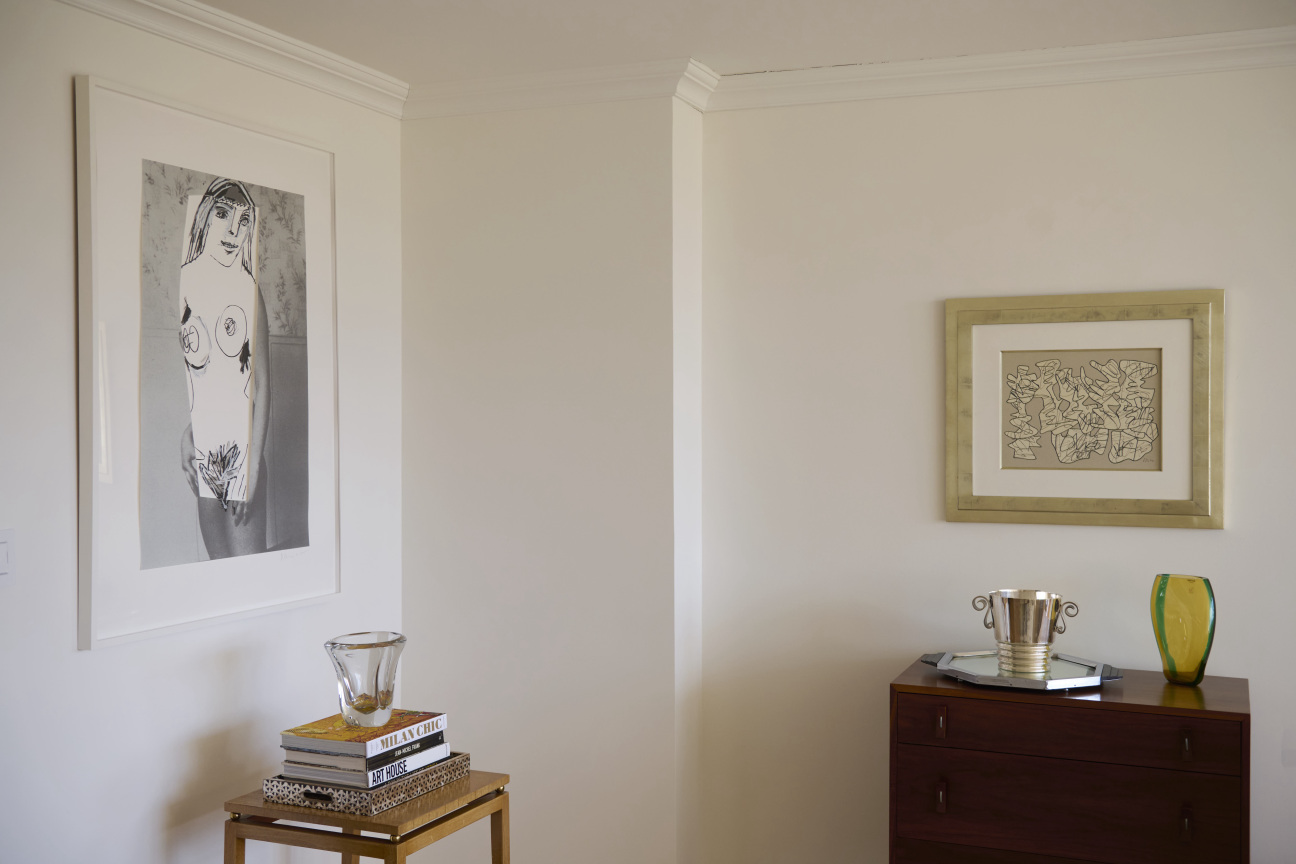
Zachary Frisch’s vocation affords him—necessitates, really—travel around the world. Curation begets exploration—whether that means taking in work by an established star in Aspen or searching for the next big thing in London. For the better part of a decade now, Frisch has been on the lookout for the best and the next.
Frisch honed his eye as a student in the fine arts program at George Washington University, Parsons, and then as an employee of a private art advisory. Shortly thereafter, he founded his own full-service firm, Sixth Sense Advisory. But Frisch’s exploits in art began long before his proper education. A child of New York, he started out immersing himself in another niche subculture: skateboarding. The purchase of rare skateboards ignited in him an itch for collecting that he continues to scratch through his art collection. Today, he counts among his personal holdings work by the 20th century French artist Jean Dubuffet as well as contemporary fixtures such as Diana Al-Hadid, Marina Adams, Vik Muniz, and David Rappeneau.
Below, Frisch espouses his love for the fabric of New York, offers insight into his evolving tastes, and gives a peek into his first act of public curation.

What do you think makes the New York art scene distinct?
I love the vibrancy of this city. The New York scene is simply the best and doesn’t exist anywhere else. I’ve witnessed the growth of Tribeca’s and the Lower East Side’s gallery scene. These areas are my favorite and there is a true mingling of collectors, advisors, and dealers, which builds a strong, tight-knit community.
Where does the story of your personal collection begin?
As a kid, I loved collecting. I used to be very into skateboarding as a teenager and I purchased two very rare Natas Kaupas 101 skateboards from legendary skateboard artist Andy Jenkins’s own collection back in 2012. One of the skateboards was actually featured in an important street art exhibition and had its very own provenance label affixed to the top side. The board was also published in Disposable: A History of Skateboard Art by Sean Cliver in 2007. There are many parallels between these highly collectible skateboards and fine art.
What is the first piece you ever bought?
A Richard Prince untitled print in an edition of 100 published by The Song Cave in 2014. It traveled with me to my college dorm at George Washington University.

Which work or works provokes the most conversation from visitors?
I recently concluded my first curatorial project called “Dominant Traits” at the brownstone at 426 West 22nd Street #2 with my close friend, Jack Haroche, in collaboration with Reilly Davidson. We featured a special group of 16 artists including Luc Tuymans, Sigmar Polke, Jean Dubuffet, Nicole Wittenberg, and more. Additionally we featured an incredible work on paper by the late Marjorie Cameron titled Sphinx, generously loaned to us by the Cameron-Parsons Foundation.
This was one of the most remarkable works in the show. Marjorie Cameron was an artist, actress, performer, poet, and practitioner of the occult. She was devoted to esoteric mysticism and a follower of Aleister Crowley’s work and his philosophical group, Ordo Templi Orientis. During her lifetime, she collaborated with Wallace Berman and George Herms, to name a few. Creating these mythical and supernatural drawings and paintings at this period of time in California in the 1940s, '50s, and '60s, especially as a woman, is absolutely fascinating to me.
How do you discover new artists or work?
We have all heard it before but the point stays true: Instagram acts as the frontline of artistic discovery. It’s exciting to deep dive into the algorithm and find the artists that artists you are already familiar with follow and look up to. I also like to pay attention to the graduating class of the Royal College of Art each year. They have a great track record of producing high-quality artists including Ding Shilun, Li Hei Di, Pam Evelyn, and Joseph Yaeger.
Kunstakademie Düsseldorf is also an impressive arts academy with alumni ranging from Sigmar Polke to Anselm Kiefer to Peter Doig. Stanislava Kovalčíková is a fantastic painter and is a relatively recent graduate who recently concluded a group exhibition at the Aspen Art Museum this past month. The gallery ecosystem is far and wide. It’s important for collectors to keep their eyes and ears open to many programs, not just what falls in their lap or is convenient. Identifying and purchasing good art takes time and patience.

Which artist are you currently most excited about and why?
I recently purchased a Christoph Matthes painting from my friends at Gratin Gallery. They have a sharp new program and I highly recommend it. Christoph studied at the Kunstakademie Düsseldorf as a student of Peter Doig. He has a very distinct style combining ballpoint pen with acrylic, oil, and shellac. Recurring themes in his work I love feature zebras, giraffes, and figures usually void of facial details. He was featured in Michael Werner’s group show at their East Hampton outpost in 2021 titled "Wild Dogs."
What factors do you consider when expanding your collection?
It’s very important not to fall into trends. Some collectors don’t see it until it’s too late. A well-rounded collection includes artists of historical significance and I think it’s great to offset that with some interesting younger artists and even some estates that may be overlooked.
Is there one piece that got away, or that you still think about?
I reached out to Lauren Quin directly in January 2020. She sent me an email with four works available, ranging from $1,300 to $7,000. The work was exciting. It was such a distinctive style. I ultimately ended up passing on the work but I don’t regret it. Her work is so much more evolved, dynamic, and expressive now. Sometimes, you don’t want to collect work too early in an artist's career. Seeing a practice evolve and progress overtime is a hallmark of a great artist and true innovation.










 in your life?
in your life?

